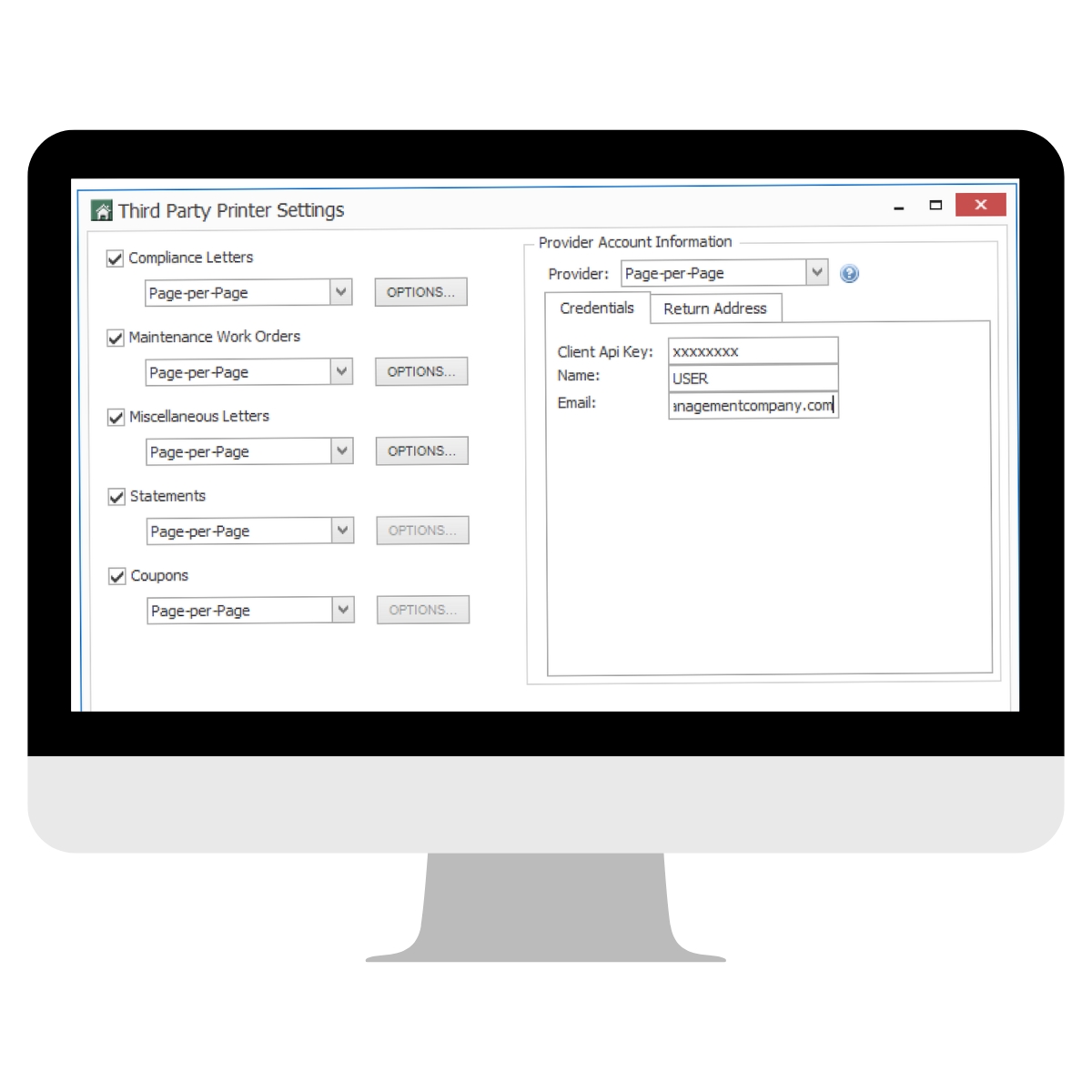HOAs play an important part in a housing community. With money generated from members paying monthly dues, HOAs can offer an array of amenities like pools, playgrounds, a fitness center and even grounds upkeep. Additionally, they can help to increase property value as it enforces desirable standards from homeowners.
If you’re wanting to learn how to start an association, they can be created for brand new communities or those that have already been established. Regardless, starting an association from scratch can be daunting. So follow these four steps to help you get started.
Step 1: Gather The Community
Starting the process can be somewhat tricky because homeowners are not obliged to join your association. With that said, it is important to “rally your troops” before putting in all the work to get your community association off the ground.
Meet With Core Members
It’s going to take more than you alone to build an entire HOA and ensure that it’s sustainable. Once you find members who are willing to come on board and help with the development of the HOA, you can create a plan of action moving forward.
- Set a schedule for future meetings for both the development group and informative meetings with the community.
- Offer multiple options for dues and assessments depending on what the community wants. For example: if the community wants simple grounds keeping, such as snow removal, as opposed to building a community center, the monthly fee will vary greatly.
- Research local and state laws to ensure the development of the HOA is legal.
Generate Interest From The Rest Of The Community
Community meetings will be a regular occurrence once you’ve decided you want to start your own HOA. Your first community meeting should generate interest among your homeowners as well as address the concerns presented by the community at large.
Think of this first meeting as a sales pitch — present all of the pros of joining an association such as access to amenities and maintenance benefits and be prepared to address any potential cons. For example, if community members are concerned about the financial obligations of joining an HOA, you might consider making it voluntary to join, helping to ensure that members don’t feel forced or trapped.
Step 2: Create Rules And Regulations
After deciding to move forward as a community, the next step is to finalize HOA rules and regulations. This set of rules is called the Declaration of Covenants, Conditions, and Restrictions (CC&R) and should clearly define the community’s restrictions and penalties.
Establish Restrictions
HOA restrictions are rules set in place to help the community maintain a status quo. They can focus on cosmetic aspects, like exterior decorations and yard maintenance, and also help to regulate things like parking and pet ownership.
Though restrictions are meant to help improve the overall aesthetic of the community, make sure you are reasonable with your expectations. If you set regulations that are too strict, you may drive away potential members who were on the fence about joining your community association.
When pitching your CC&R to members, keep in mind that these rules are designed to help everybody maintain peace within the community. For example, one common regulation that HOAs will set is noise compliance to avoid disturbing community members. Rules like these may even be a selling point for people who are more wary.
Determine What the HOA Will Provide
The rules and regulations aren’t just for the homeowners. The HOA board agrees to provide certain benefits to its community and including this in your CC&R will reinforce trust in the HOA board.
This section can include amenities you plan to implement, such as:
- A community pool, a tennis court or playground
- Community upkeeping, such as landscaping of common areas, road maintenance, or even a gated entrance
It’s important to remember, the amenities you provide determines the budget (i.e. dues and assessments) so make sure that you don’t over-commit.
Step 3: Make A Budget
Creating an HOA budget is easily one of the most critical components of starting an association as it sets a homeowner’s expectation of cost vs benefit moving forward. Taking the appropriate steps can help to ensure your budget is on-point and efficient.
Step 1: Determine Overall Costs
The first step to creating a budget is to determine how much revenue your HOA will need to generate to maintain the community and provide any amenities promised to homeowners.
This is the time to contact vendors, like lawn maintenance or disposal companies, to get quotes. You’ll also want to get quotes for any major projects your HOA plans to complete, such as a pool installation or a new entry sign.
When divvying up the overall cost, don’t forget administrative fees that can include anything from the cost of the voting process and mailers to paper and pens used.
Step 2: Consider a Reserve Fund
Adding money to a reserve fund is a great way to prepare for any unexpected expenses. It helps to ensure:
- There are funds for repairs or replacements of major items
- All homeowners have equally covered the cost
- There are no unexpected special assessments
- Fulfillment of legal, fiduciary, and professional requirements
The amount of money you’d like to go into a reserve fund is directly related to the needs and requirements of your community. You could consider conducting a reserve study which will help in determining how much to set aside each month.
Step 3: Set Monthly Dues
After you’ve determined your overall costs and how much is needed for the reserve fund, it’s time to divide the yearly cost by the amount of members in the HOA. The result is how much each member owes per year and divided by 12 is their monthly dues.
Dues and Assessments Resources
After determining the dues required by each homeowner, it’s important to consider ways to make the process of paying them easy. Creating HOA coupon books, for example, not only provides a monthly reminder to pay dues but with ad space available it gives you the opportunity to monetize it for extra income.
You might also look into self-managed HOA software. These platforms are beneficial to homeowners and board members. Many provide members the ability to pay monthly dues electronically, communicate with other homeowners, and submit maintenance requests while providing the board with accounting and invoice services.
Step 4: Make It Legal
To make your HOA official, there are a series of legal steps required, such as establishing yourself as a corporation and abiding by your local regulations.
Review State And Federal Laws
Each state has its own regulations for the development of an HOA, meaning that there’s no exact recipe to follow in order to make your HOA official. You will need to familiarize yourself with your individual state’s laws to make sure you are compliant.
Though HOA laws are primarily in the hands of the states, there are a few different federal “powers that be” you’ll need to be aware of as well. Federal laws are strict and can result in severe consequences if not executed properly, making it even more critical to be educated.
Form The Business
After ensuring you’re compliant with state and federal regulations it’s officially time to register your HOA as a legal entity, such as an LLC or nonprofit. Most states allow you to register your business through a website portal where you’ll be asked to name your HOA, explain its purpose, list contacts of the board, and acquire a federal tax ID number.
Alternatively, you could hire a lawyer to guide you through the process, ensuring that your adhering to state and federal guidelines.
Draft Bylaws
Bylaws are an important part of the HOA documents needed to legalize your association. They contain information about your business processes and how they are to be conducted going forward. It may include other aspects of your business like:
- Board meeting schedules
- Rules for voting
- HOA Regulations
- The process for board selection
Step 5: Elect A Board
HOA board members are the people that manage the overall operations of your HOA. They are tasked with overseeing accounting, enforcing HOA regulations, preparing financial reports, and more, which is why selecting the right people for the job can be crucial.
HOA boards normally have 4 officer positions including:
- President: In addition to signing all contracts and legal documents, the president usually oversees all other managerial processes
- Vice President: Essentially a substitute for the president, in case of their absence, while also sharing some of their responsibilities
- Treasurer: Responsible for all the finances of the association, including collecting fees and running compliance reports
- Secretary: Works on setting meeting agendas, maintaining records on resident information, and keeping members up-to-date with the latest developments through regular and innovative HOA newsletters.
The process of electing a board can be long and tedious work, which is why businesses like Association Vote exist! Association Vote is an online voting platform that gives board members the ability to create ballots with ease and send them to community members through US mail, email, or both. Homeowners can cast a vote on-the-go and track results in real-time.
Make an Easy Transition With Page Per Page
Whether you are starting an HOA in an existing neighborhood or trying to implement one in a new development, the process can be challenging at times. One thing is for sure, communicating with your homeowners is key to earning their trust and getting your wheels off the ground. This is where industry experts, like Page Per Page, can help.
Page Per Page is a design, print, and technology solutions company with years of experience with HOA and community associations. Their professional team can help you to create eye-catching mailers such as meeting announcements, HOA newsletters, assessment reminders, and more which can make the process of keeping everyone informed much easier.
Looking forward to starting an association? Partner with Page Per Page to make the journey a lot easier.





